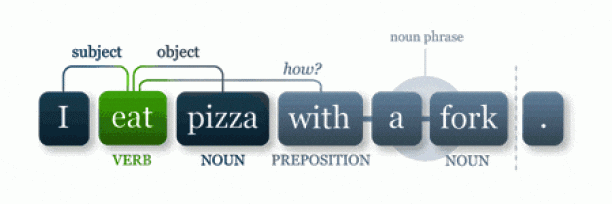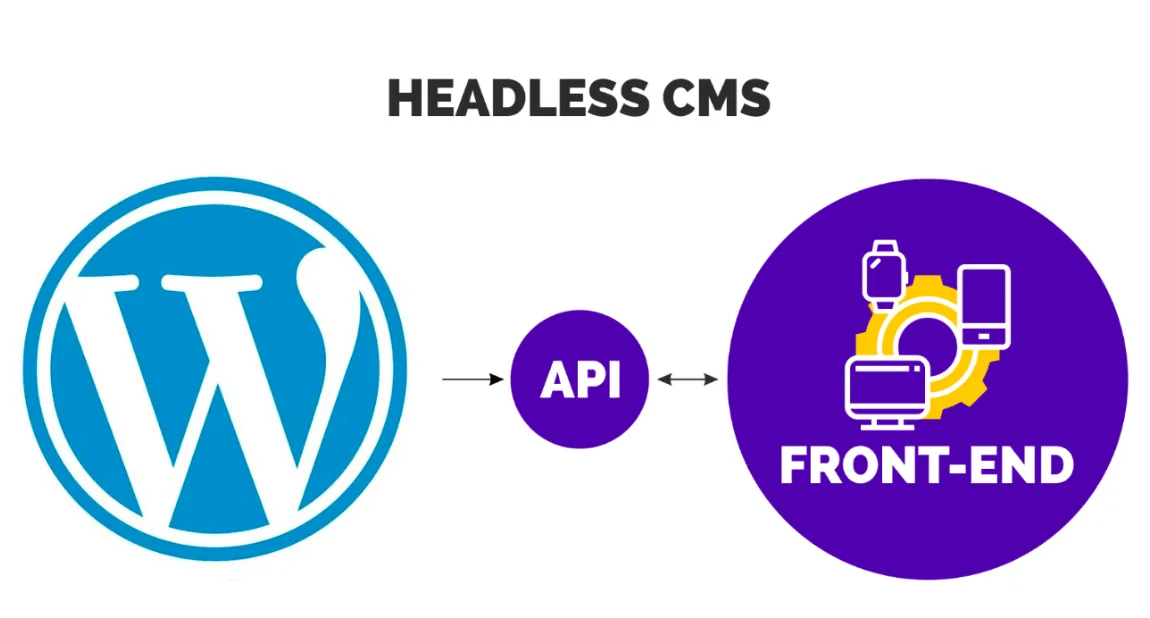When experimenting with machine learning and big data, you may identify data sets that contain streams of text that contain customer reviews, or social media posts where customers (or potential customers) are talking about a product, brand or service that you offer.
Mining such data to determine how people feel about your product, brand, or service, is called sentiment analysis.
In this article, we discuss:
- What sentiment analysis is
- How it can be applied in your business
- What its benefits are to your business
Download our Sentiment Analysis Summary Sheet to learn its many applications and benefits.
Overview
People have always had an interest in what people think, or what their opinion is. Since the inception of the internet, increasing numbers of people are using websites and services to express their opinion.
With social media channels such as Facebook, LinkedIn, and Twitter, it is becoming feasible to automate and gauge what public opinion is on a given topic, news story, product, or brand.
Opinions that are mined from such services can be valuable. Datasets that are gathered can be analyzed and presented in such a way that it becomes easy to identify if the online mood is positive, negative or even indifferent.
This allows individuals or businesses to be proactive as opposed to reactive when a negative conversational thread is emerging. Alternatively, positive sentiment can be identified thereby allowing the identification of product advocates or to see which parts of a business strategy are working.
[bctt tweet=”Mining data about how people feel about your brand is called #SentimentAnalysis.” username=”GAPapps”]
Techniques
There are many applications of sentiment analysis. Ultimately, sentiment analysis is a text classification problem and can be broken down into two main areas.
Supervised Learning
This technique involves the construction of a “Classifier” and the problem has been studied intensively. The Classifier is responsible for categorizing texts into either a positive, negative or neutral polarity.
The three main classification techniques are:
- Naïve Bayes
- Maximum Entropy
- Support Vector Machines (SVM)

Unsupervised Learning
Unsupervised Learning has three steps.
- Implement POS tagging (Part of Speech), then, two consecutive words are extracted to identify if their tags conform to given patterns
- Estimate the sentiment orientation (SO) of the extracted phrase
- Compute the average SO of all phrases that were extracted in terms of positive or negative
Naïve Bayes
It is used as a means for arriving at predictions considering relevant evidence. It is also known as conditional probability or inverse probability.
The theorem was discovered by an English Presbyterian and mathematician called Thomas Bayes and published posthumously in 1763. It’s easy enough to get your head around and there are quite a few implementations around on the web.
Download our Sentiment Analysis Summary Sheet to learn its many applications and benefits.
Advantages of Sentiment Analysis
Sentiment analysis has many applications and benefits to your business and organization. It can be used to give your business valuable insights into how people feel about your product brand or service.
When applied to social media channels, it can be used to identify spikes in sentiment, thereby allowing you to identify potential product advocates or social media influencers.
It can be used to identify when potential negative threads are emerging online regarding your business, thereby allowing you to be proactive in dealing with it more quickly.
Another advantage of sentiment analysis is that it can also be applied to your corporate network. By applying it to your email server, emails could be monitored for their general “tone”. For example, Tone Detector is an Outlook Add-in that determines the “tone” of your email as you type. Like an emotional spell checker for all of your outgoing emails.
Difficulties of Sentiment Analysis
Sentiment analysis can be applied to many areas but arriving at whether a statement is positive or negative can be difficult. The categorization is mainly split into two types: facts and opinions.
Facts are expressed about entities, whereas opinions are about their properties.
Furthermore, opinions are completely subjective and describe people’s sentiments, appraisals or general feelings towards entities and their properties.
The human language can be complex for machine-based learning systems to interpret. For example, opinions can be expressed with sarcasm or irony, and the order of words can add even more confusion.
Take the following example:
“I currently use the Nikon D90 and love it, but not as much as the Canon 40D/50D. I chose the D90 for the video feature. My mistake.”
In this example, the author is conveying sarcasm; this can be hard for classifiers to process:
“After a whole 5 hours away from work, I get to go back again, I’m so lucky!”
For a classifier to process data and provide more accurate results, it must be trained. This can be achieved by collecting training data. Various sources can be used; one popular means is to use a corpus of movie reviews labeled as positive or negative.
Sentiment Analysis as-a-Service

In recent years, we have seen the democratization of sentiment analysis, in that it’s now being offered as-a-service. Companies such as Microsoft, IBM and smaller emerging companies offer REST APIs that integrate easily with your existing software applications. For example, using the following publicly available Sentiment Analysis REST API from a small start-up called Social Opinion, we pass in the text, “this phone is awesome”, to the following URL: http://api.socialopinion.co.uk/api/sentiment/?text=phone%25awesome&token=00000
The REST API then returns the following response:
In the response, we can see the text has been identified as expressing positive emotion, with a 64% probability of that being true.
[bctt tweet=”Ultimately #sentimentanalysis is a text classification problem” username=”GAPapps”]
IBM Watson

At the enterprise level, IBM’s Watson Tone Analyzer introduces additional emotive states and attempts to identify feelings such as “anger”, “joy” and “agreeableness” – as well as the regular positive/negative states.
Consider the following email:
Hi Team,
The times are difficult! Our sales have been disappointing for the past three quarters for our data analytics product suite. We have a competitive data analytics product suite in the industry. However, we are not doing a good job at selling it, and this is really frustrating.
We are missing critical sales opportunities. We cannot blame the economy for our lack of execution. Our clients are hungry for analytical tools to improve their business outcomes. In fact, it is in times such as this, our clients want to get the insights they need to turn their businesses around. It is disheartening to see that we are failing at closing deals, in such a hungry market. Let’s buckle up and execute.
After processing this via IBM Watson’s Tone Analyzer, here are the results:
We can see it has identified “anger” and “sadness” as being the main emotional states.
Both APIs can be integrated seamlessly with your existing software systems, thereby freeing you up to focus on other business problems.
Summary
In this article, we’ve discussed sentiment analysis, what its benefits are, and how it can be applied. Here at Growth Acceleration Partners, we have extensive expertise in the analytics field. We can offer you Data Science as a Service. Our Centers of Engineering Excellence (COEs) in Latin America focus on combining business acumen with top-notch expertise to help your business.
We can provide your organization with a team of highly qualified data scientists and engineers who have expertise in:
- Artificial intelligence
- Data analytics
- Data science
- Information systems
- Machine learning
- Predictive modeling
You can find out more on our website here. Or why not send us an email?










